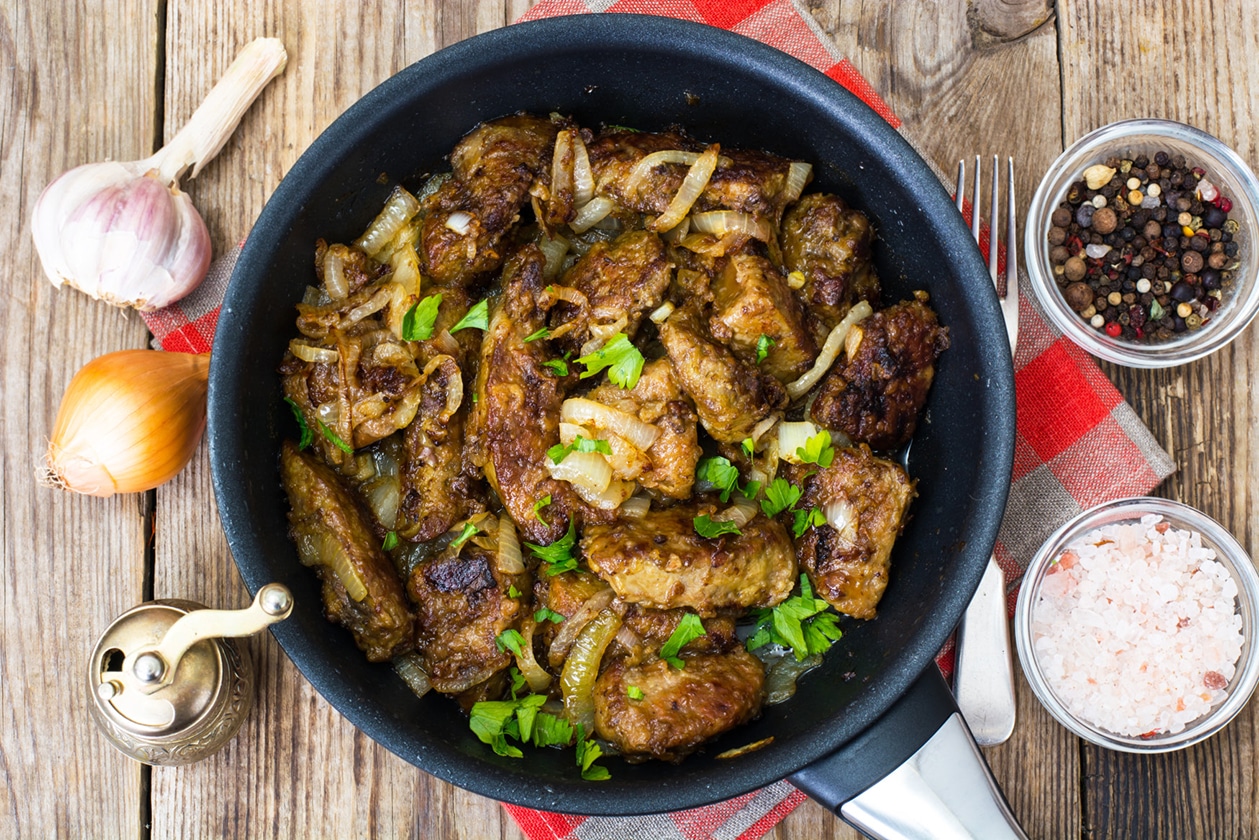Business
Tough Immigration Laws Are Hitting Britain’s Curry Houses

It’s now feared that up to a third of all Indian restaurants could disappear because of tougher immigration laws.
The British curry industry is responsible for 100,000 jobs and contributes more than £4 billion to the UK economy. But it’s now feared that up to a third of all Indian restaurants could disappear because of tougher immigration laws.
The current rules require restaurants that want to employ a chef from outside the EU to pay a minimum salary of £35,000 — or £29,750 with accommodation and food — to secure a visa.
These high costs have meant that many restaurants are unable to hire the skilled chefs they need, which has led to a shortage of top talent, with the ones that are available demanding higher wages. And this combination of rising costs, along with a shortage of chefs means that many curry houses are now facing closure.
Fusion food
Britain has a long, deep relationship with what is widely known as “Indian” food. But food eaten on the Indian subcontinent is so widely diverse, that it has as many differences as it has similarities. Meaning that “Indian” and “curry” is often used as an umbrella term for what is in reality a multifaceted combination of tastes and influences.
“Indian food” in reality is often derived from particular regions of India, Pakistan, Bangladesh and Sri Lanka as well as across Britain and Europe. And a long and complex history of colonialism and migration has made the “British Curry” a popular national dish.
As the author Panikos Panayai explains, decades of residing in Britain has inevitably changed the tastes and eating practices of many British Asian communities – whose connection with traditional foods has become increasingly tenuous.
In his book Spicing Up Britain: The Multicultural History of British Food, Panayai charts the patterns of migration and the influences of food, taste and consumption habits. He follows the tastes of British Asians who have grown up with a fusion of tastes and influences all their life.
These are people whose diets reflect the variants of English food their parents invented to make use of the ingredients readily available to them – as opposed to just tastes from the Indian subcontinent. It meant childhood classics became spicy cheese on toast or baked Beans Balti with spring onion sabji and masala burgers.
Merging of tastes
Panayai claims that the taste of South Asian food became as much a part of the childhood tastes of white British children living in certain areas of the UK as their second and third generation Asian school friends.
In the London borough of Tower Hamlets for example — which is home to a large Bangladeshi community — local councillors played a significant role in influencing the content of school dinners. As early as the 1980s these lunches often included Asian vegetarian dishes, such as chapattis, rice and halal meat alongside “English” staples of chips, peas and steamed sponge with custard.
These tastes shaped the palates of many British children, to the point where a combination of “English” food and “curry” became the nostalgic taste of childhood. This was commodified by major brands such as Bisto with their “curry sauce” gravy granules.
These combinations are still a main feature of many “greasy spoon” English cafes or pub menus – which feature British staples such as curry served with a choice of either rice or chips, or jacket potatoes with a spicy chicken tikka filling. Then there’s the coronation chicken sandwich – a blend of boiled chicken, curry powder, mayonnaise and sultanas – a nod to the dish created for Queen Elizabeth II Coronation lunch in 1953.
More recently, in a time of gastronomic obsession and “foodie” culture, the “hybridisation” of cuisines has shifted from being a matter of necessity – due to availability of ingredients – to an increasingly sophisticated, cosmopolitan and fashionable food trend. ‘One spicy crab coming right up’. Shutterstock
The influential taste of the British curry can now be identified on modern British fine dining menus, where fillets of Scottish salmon, hand-dived scallops and Cornish crabmeat are infused with spiced cumin, turmeric and fenugreek. While bread and butter pudding is laced with cardamom and saffron.
Multicultural Britain
But in the current political climate of migration restrictions, the free movement of people across borders looks ever more threatened – and with it our rich cultural heritage as a multicultural country is also under threat.
This will undoubtedly have a detrimental impact on imported food produce and ingredients. And it will also impact the diverse communities which have brought with them long histories of knowledge, recipes and cooking practices.
Of course, throughout history there has always been a degree of racism and resistance to “foreign” foods, but for the most part these tastes have become embraced and firmly appropriated into the British diet.
Perhaps then we can take heart during this uncertain time that merging cultures will be a British tradition that is set to continue. Because what started as the “taste of the other” is now so deeply ingrained in our food, culture and identity that it is no longer possible to disentangle national, regional or local tastes to determine what belongs where. — The Conversation
The author is Lecturer in Sociology, University of Westminster.
